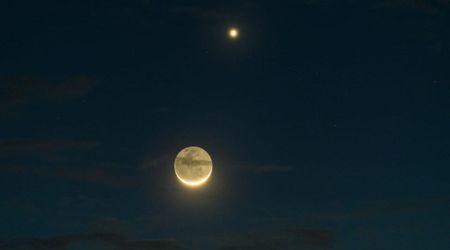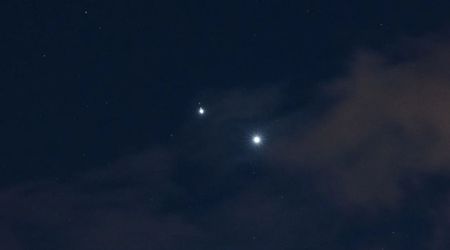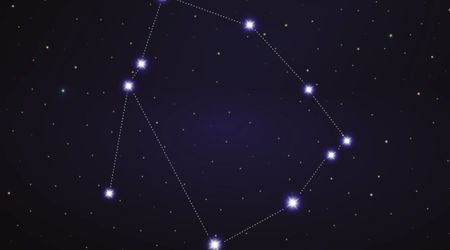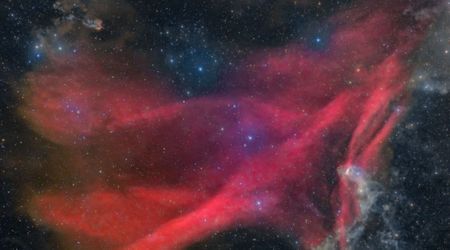NASA's James Webb Space Telescope finds small galaxies that drove cosmic renovation

Scientists, utilizing the powerful James Webb Space Telescope (JWST), have uncovered a remarkable insight into the nascent universe. They've identified numerous diminutive galaxies that were instrumental in dramatically altering our cosmos. Initially, the universe was shrouded in a dense, opaque haze, but these galaxies were key to its transition into the luminous, transparent expanse we observe presently, as per NASA.

For its initial billion years, the early universe resembled a room engulfed in thick fog, with neutral hydrogen gas impeding the free passage of light. This same gas is now ionized, stripped of its electrons, permitting light to travel unimpeded. This process of reionization was akin to dispelling the cosmic haze, allowing galaxies to illuminate the vastness of space. These recently identified galaxies are remarkably small when compared to our own Milky Way. It would take an astonishing 2,000 to 200,000 of these miniature systems to match the mass of our galaxy. Yet, despite their meager size, these pint-sized powerhouses were incredibly efficient at generating ultraviolet light.

These minuscule galaxies possessed two crucial advantages that made them ideal for clearing the cosmic fog. Firstly, their small stature meant they couldn't accumulate as much hydrogen gas around them, which allowed their potent ultraviolet to escape into space more easily. Secondly, they underwent intense bursts of star formation, known as "starbursts." These events not only produced abundant ultraviolet light but also carved pathways through the galaxies' material, further aiding the escape of this vital light. The research team leveraged JWST's extraordinary infrared vision to gaze back in time to an era when the universe was merely 800 million years old, a mere 6% of its current age of 13.8 billion years. They concentrated their observations on a galaxy cluster named Abell 2744, also known as "Pandora's cluster." This cluster acted as a natural magnifying glass, making these distant, early-universe objects appear larger and brighter, allowing scientists to study them in detail.

To identify these ancient galaxies, the scientists specifically sought a distinctive green light signature emitted by oxygen atoms that had lost their electrons, a clear indicator of the high-energy processes occurring within these distant systems. This green light, which would have been visible to the unaided eye billions of years ago, had been stretched and shifted into the infrared spectrum by the time it reached Webb's sensitive instruments due to the expansion of the universe.

The team successfully identified 83 of these small starburst galaxies and conducted a detailed analysis of 20 among them. Their findings suggest that if these ancient galaxies released approximately 25% of their ultraviolet light into the surrounding space, a rate comparable to similar galaxies observed today, they could fully account for the immense energy required to clear the widespread cosmic fog.
This groundbreaking discovery helps resolve a long-standing puzzle concerning the primary drivers of reionization. While astronomers previously debated whether massive galaxies, smaller galaxies, or even supermassive black holes were responsible for this cosmic transformation, JWST's observations provide compelling evidence in favor of the small galaxy theory. These revelations underscore the profound lesson that even the most unassuming entities can exert the most significant influence, fundamentally reshaping our understanding of how the universe evolved from an era of profound darkness into its current state of dazzling illumination, as per Universe Today.









